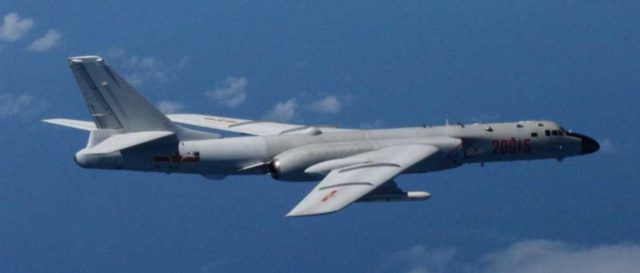By George Friedman
I have received several emails, primarily from non-Americans, asking why Donald Trump would select a man called “Mad Dog” to be secretary of defense. They are aware that “mad dog” is a term denoting a dog with rabies and are baffled why anyone normal would be given that name. I have decided to serve as a guide to the perplexed.
U.S. President-elect Donald Trump (L) welcomes retired U.S. Marine Gen. James Mattis as they pose for a photo before their meeting at Trump International Golf Club, Nov. 19, 2016 in Bedminster Township, New Jersey. Drew Angerer/Getty Images
First, you should bear in mind that James Mattis is not normal. He is a United States Marine. As such, he is expected to go beyond the normal. Within the American family of services, the Marines pride themselves on going to extremes. Those who go beyond the extremes are rewarded with names like Mad Dog. Mad dogs are said to be tenacious, unwilling to accept defeat or to leave a teammate behind. This has little to do with rabies and everything to do with honor. And one of the tenets of honor is never to lie to others or yourself about war. War is about defeating your enemy, and that means killing them. And in killing them you may kill innocents. This is true, and you can’t lie about that. If that is unacceptable, don’t go to war.














